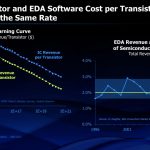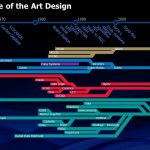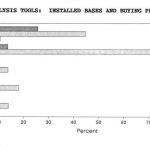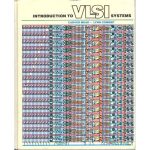You are currently viewing SemiWiki as a guest which gives you limited access to the site. To view blog comments and experience other SemiWiki features you must be a registered member. Registration is fast, simple, and absolutely free so please,
join our community today!
This is the nineteenth in the series of “20 Questions with Wally Rhines”
When I moved from the semiconductor industry to Mentor, I expected most of my technology and business experience to apply similarly in EDA software. To some extent, that was correct. But there was a fundamental difference that required a change… Read More
This is the seventeenth in the series of “20 Questions with Wally Rhines”
Several common aspects have existed for what is now the modern Electronic Design Automation (EDA) industry. When I joined TI in 1972, the company was very proud of its design automation capability as a competitive differentiator. Much of the… Read More
This is the sixteenth in the series of “20 Questions with Wally Rhines”
Electronic design automation (EDA) began and grew with the integrated circuit (IC) design business probably because IC design grew in complexity faster than printed circuit boards. The race for superiority in PCB design evolved in parallel,… Read More
This is the fifteenth in the series of “20 Questions with Wally Rhines”
During 1980 and 1981, three companies, Daisy, Mentor and Valid were founded. Daisy and Valid attacked the computer automated design business with custom hardware workstations plus software to provide the unique capabilities required by engineers.… Read More
One of the important changes that happen between 1984 and 1988 is the hardware platforms development. Calma evolved, mainframe S140 with 2 combined monitors per terminal in S280 with 2 individual monitors per terminal. This meant that from noisy and darker rooms we move to more quiet and lighted rooms. We doubled the speed and the… Read More
Business models are really important. Just ask any internet startup company that has lots of eyeballs and is trying to work out how to monetize them. It is a lot easier to get people to use something for free, much harder to get people to pay for something especially when they don’t value it much. Different companies that look… Read More
A Brief History of EDAby Daniel Nenni on 08-05-2012 at 6:00 pmCategories: EDA
Electronic Design Automation, or more affectionately known as EDA, is a relatively young $5B industry with a very colorful upbringing, one that I have experienced firsthand, I’m very grateful for, and is an honor to write about. Today EDA employs an estimated 27,000 people! There is a nice EDA Wikipedia page which can be found here… Read More
I just put up a blog about the EDA interoperability forum, much of which is focused on standards. Which reminded me just how long-lived some standards turn out to be.
Back in the late 1970s Calma shipped workstations (actually re-badged Data General minicomputers) with a graphic display. That was how layout was done. It’s… Read More








